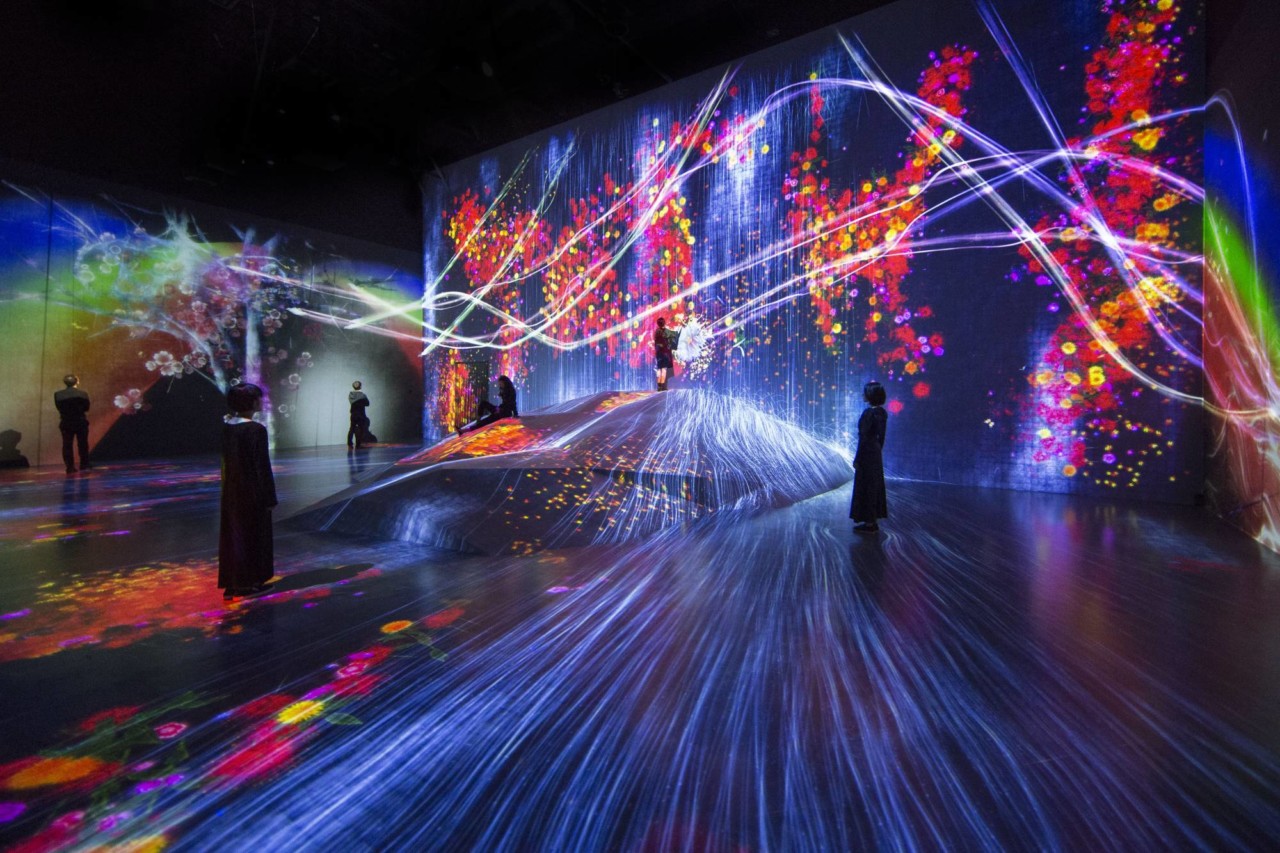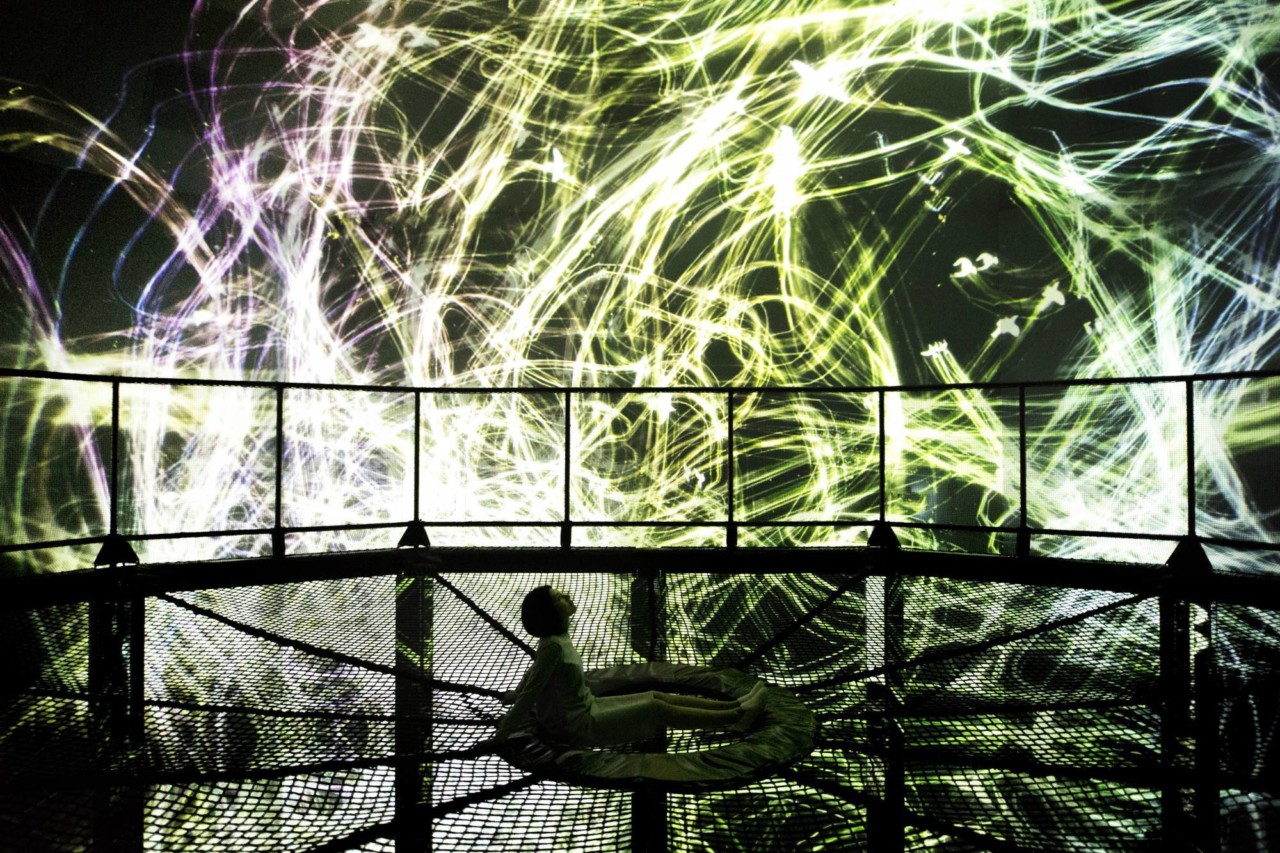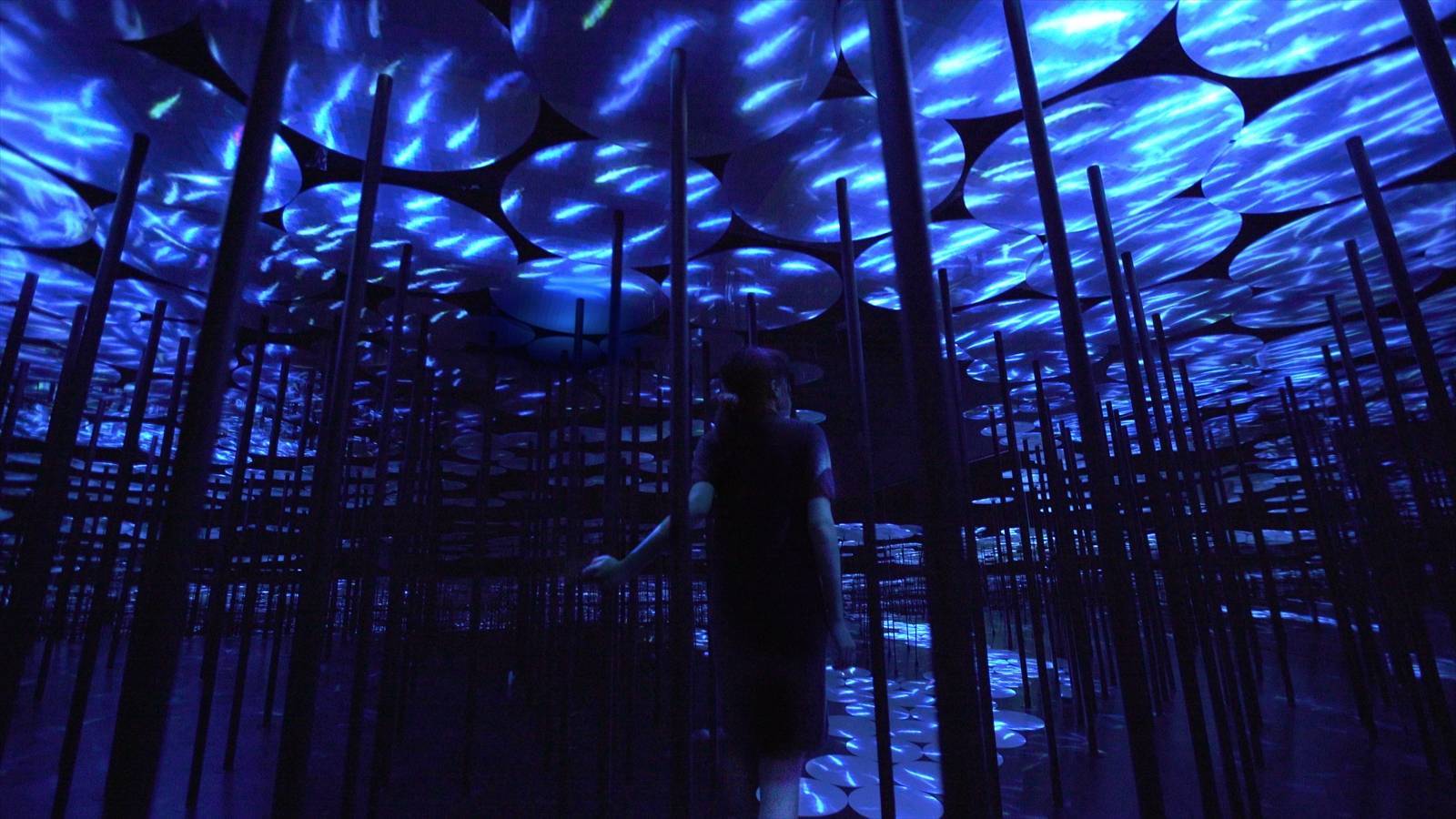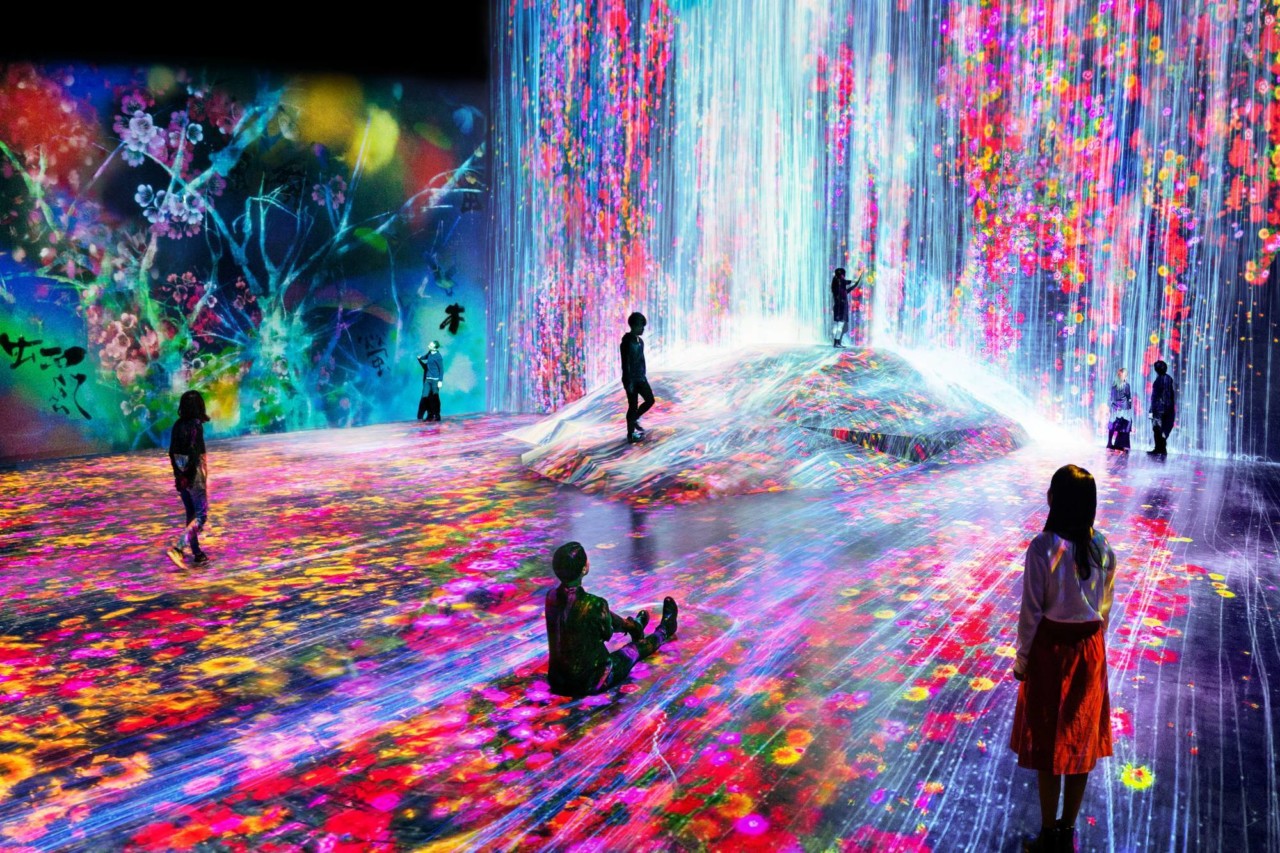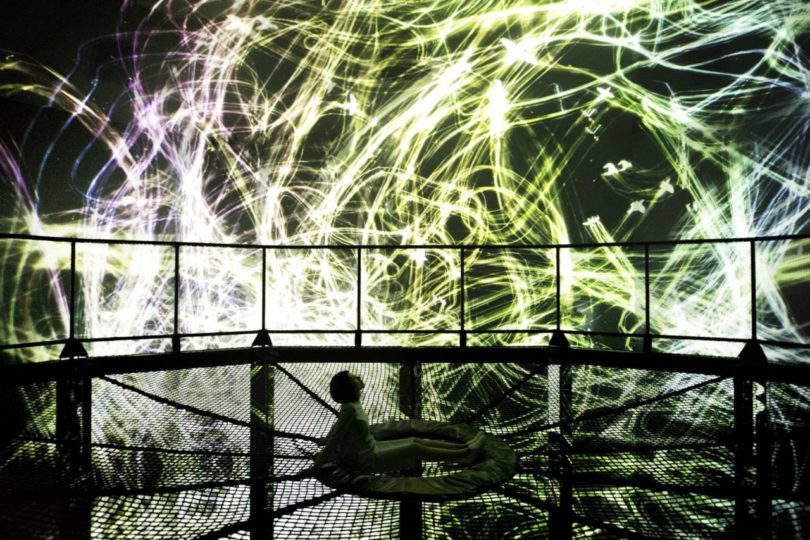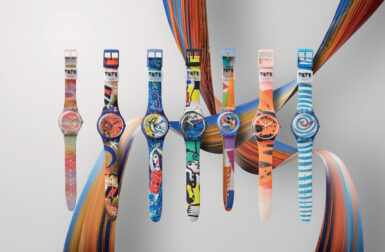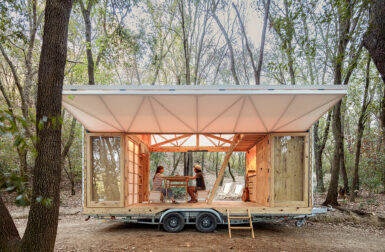It’s almost surprising the Mori Building Digital Art Museum: teamLab Borderless is the first dedicated digital art museum in the world – a 107,000-square-foot venue recently opened in Tokyo and conceived to transcend “the constraints of material substance”. Augmented reality, digital art, and the spectacle of made-for-Instagram exhibits have already proliferated across galleries and museums around the world. But the new digital art museum may be the most spectacular of them all.
Divided into five distinct zones and “painted” alive using 470 Epson projectors powered by 520 computers, each interior is blanketed as hyper-colored landscapes of augmented reality. The influence of Yayoi Kusama’s Infinity Mirrors and Akira Kurosawa’s Dreams is visible throughout, with an element of the surreal pervading, perhaps referencing the tessellated and fragmented realities formulated by Google’s artificial neural network. The sum of the experience is intended to engulf visitors in awe and wonder, trading away the subtle for the experiential.

A rainbow of water particles stream onto and across a rock, inviting Mori Building Digital Art Museum: teamLab Borderless visitors to walk right up to the virtual falls.
The museum located in Odaiba, Tokyo is the brainchild of the Japanese art collective, teamLab, a group of “ultra-technologists” dedicated to manipulating the bounds of physical space into an immersive collection of exhibitions engaging visitors with a high degree of motion, color, and interaction, each blurring the lines between the physical and digital. The museum is a culmination of the teamLab’s efforts across the globe, including Future World in Singapore and Massless in Helsinki, Finland. Or in the words of teamLab founder Toshiyuki Inoko, an “expression from substance” capable of transcending traditional static mediums.

The influence of Yayoi Kusama’s Infinity Mirrors is clearly evident in one of the Mori Building Digital Art Museum teamLab Borderless’ exhibition.
Artworks move out of the rooms freely, form connections and relationships with people, communicate with other works, influence and sometimes intermingle with each other.
Is it art? Intended as a social media spectacle? A technology showcase? An interactive museum? The Mori Building Digital Art Museum: teamLab Borderless seems all these things at once, and for better and worse, likely a precursor to a wave of exhibitions catering to the public’s demand for experiences worthy of a “like”.


